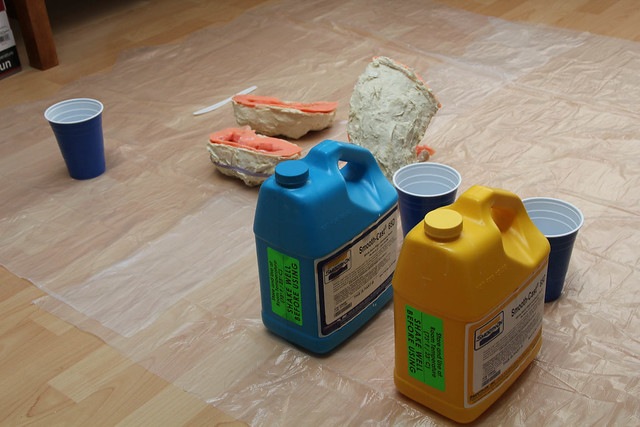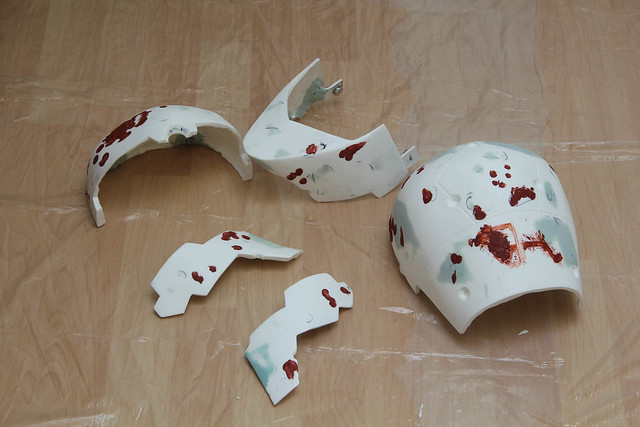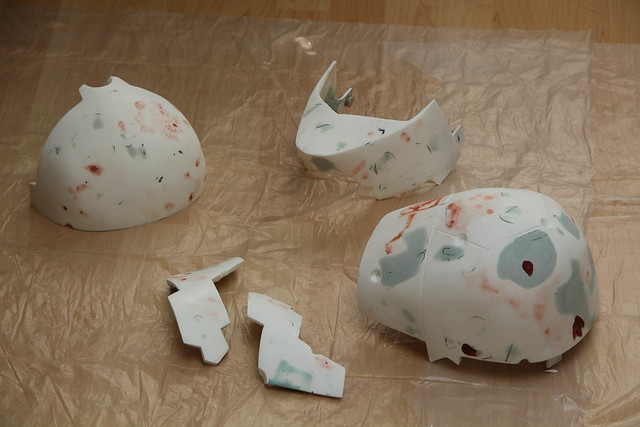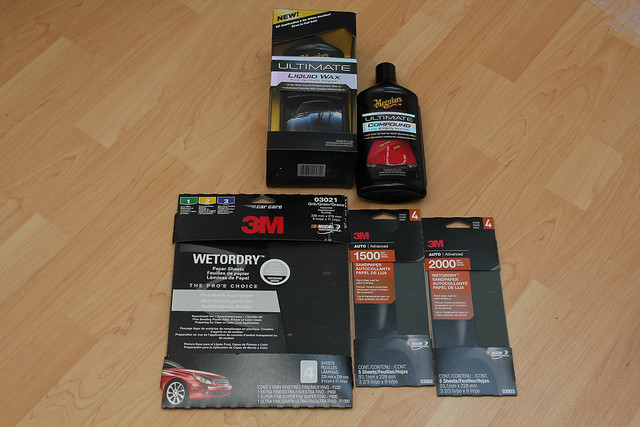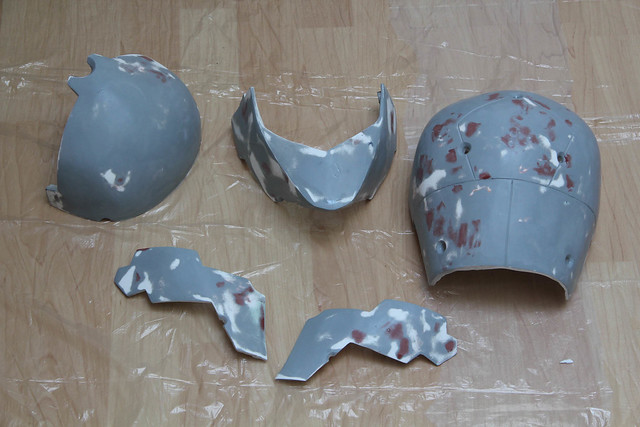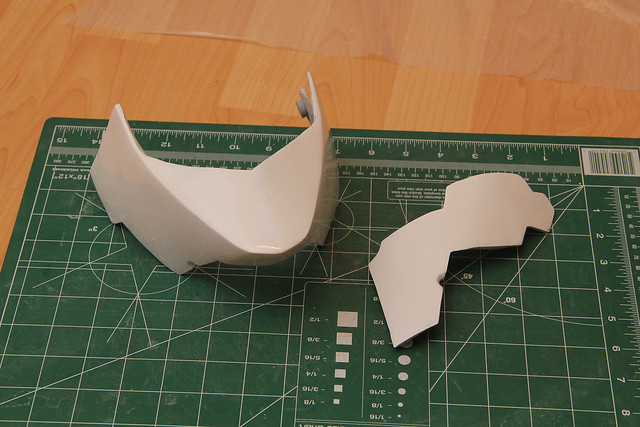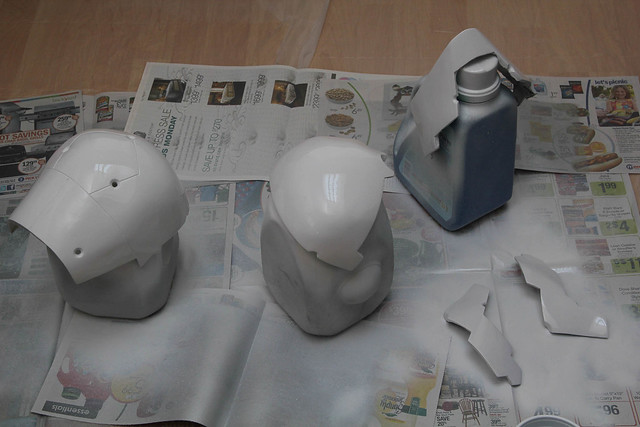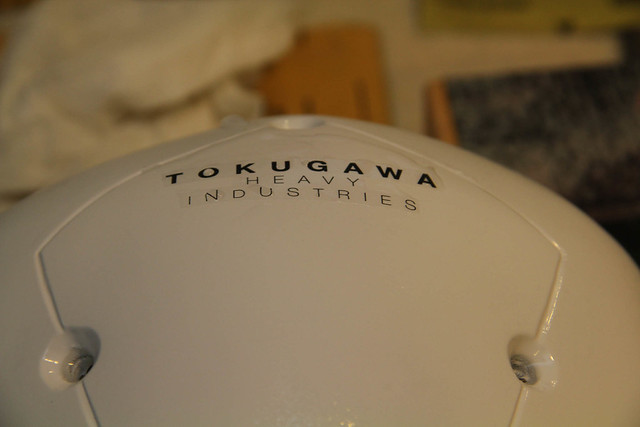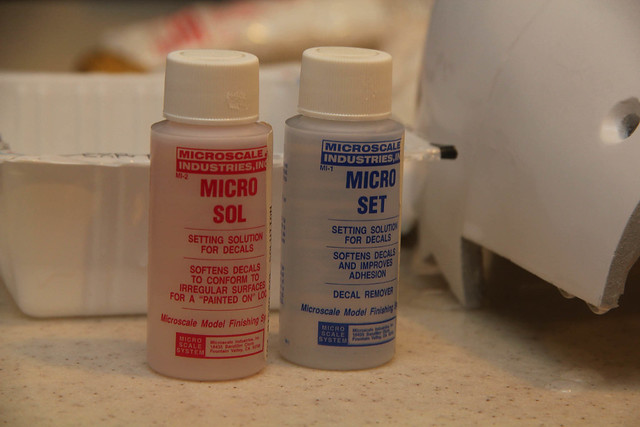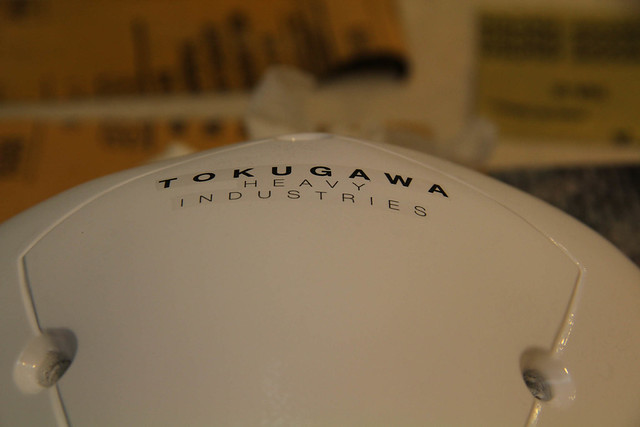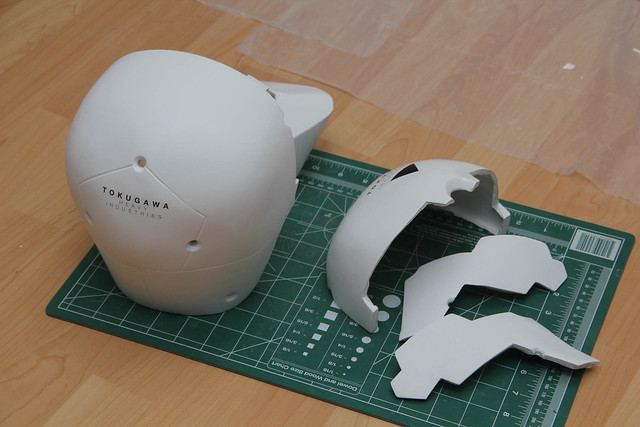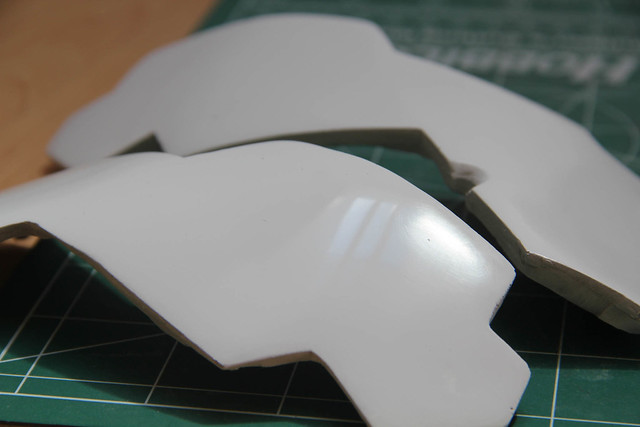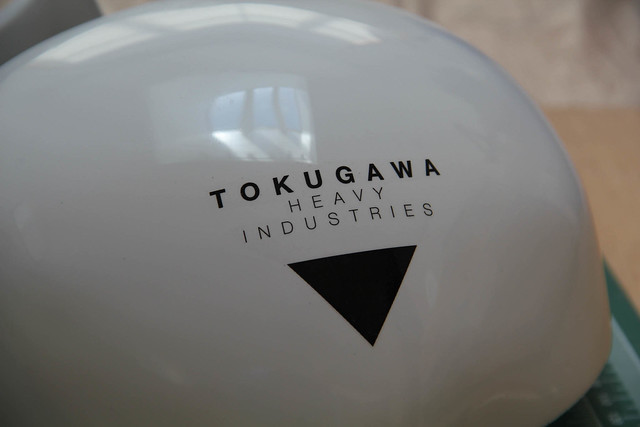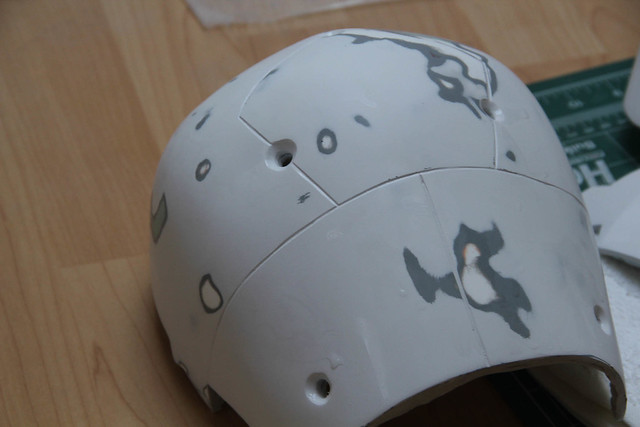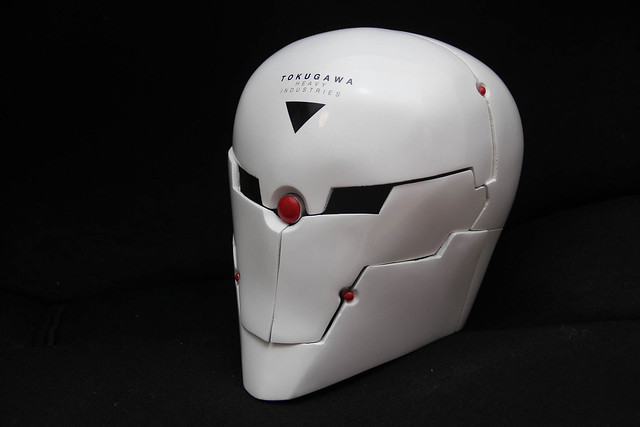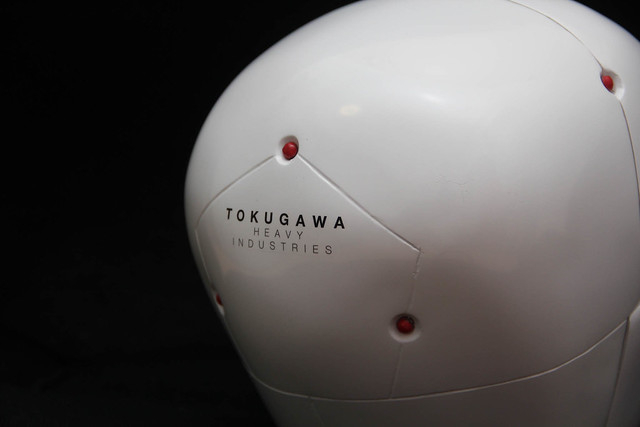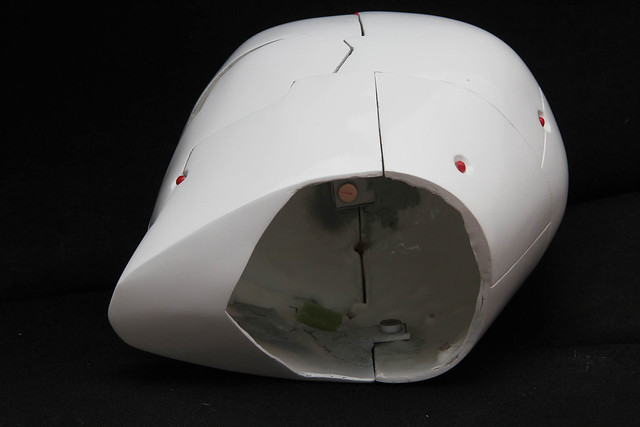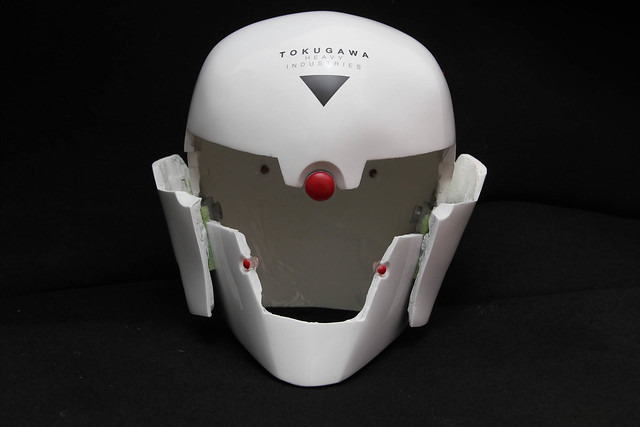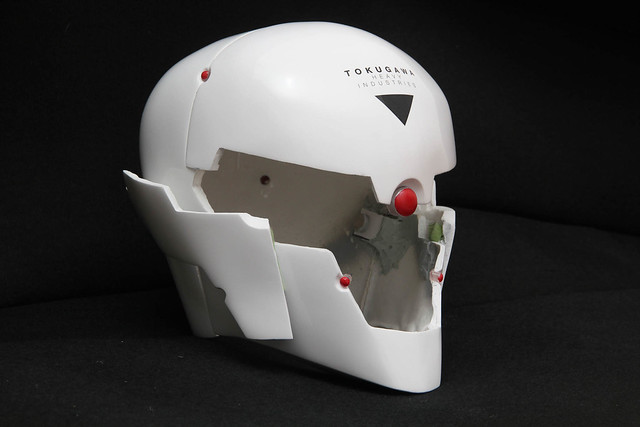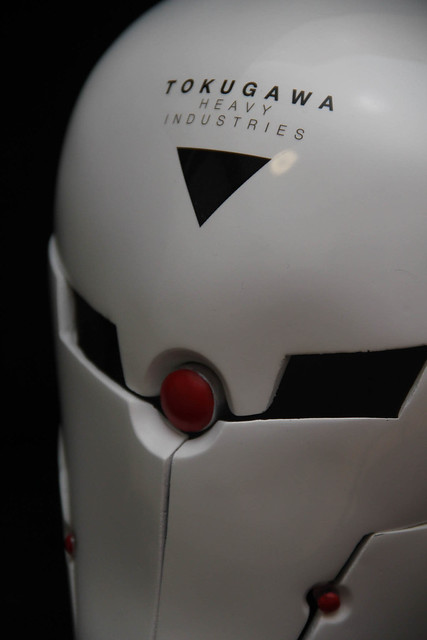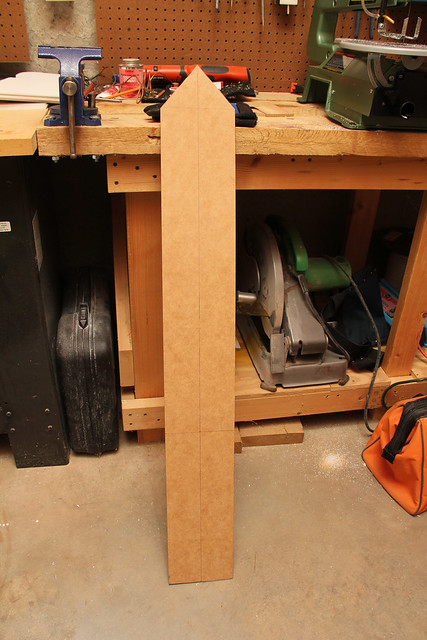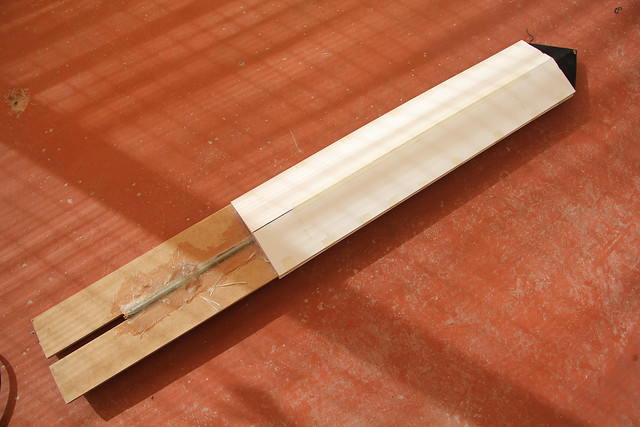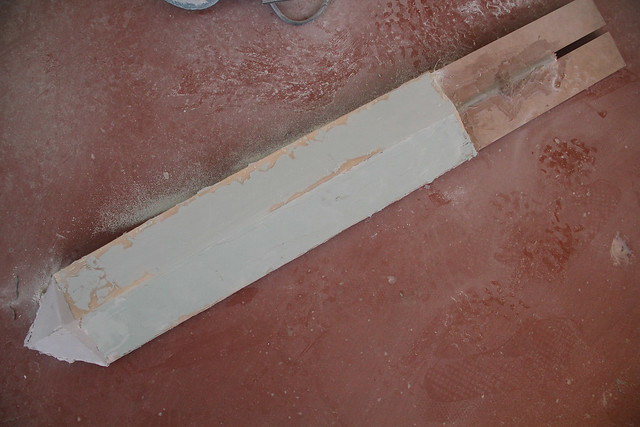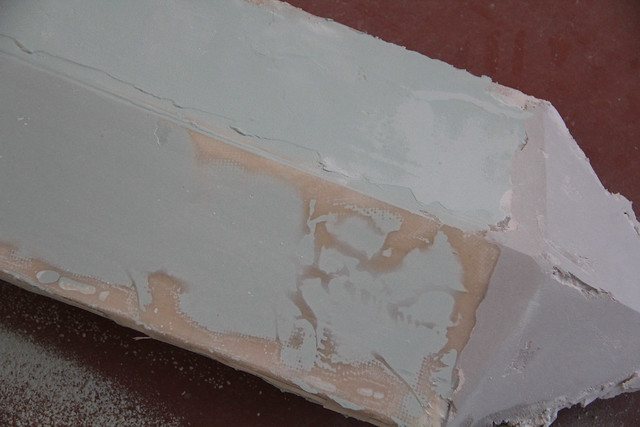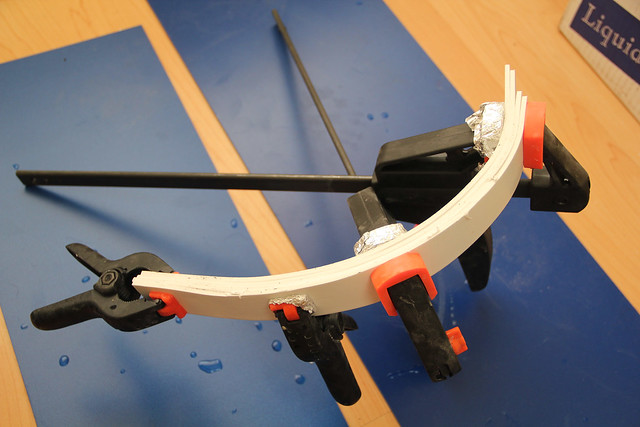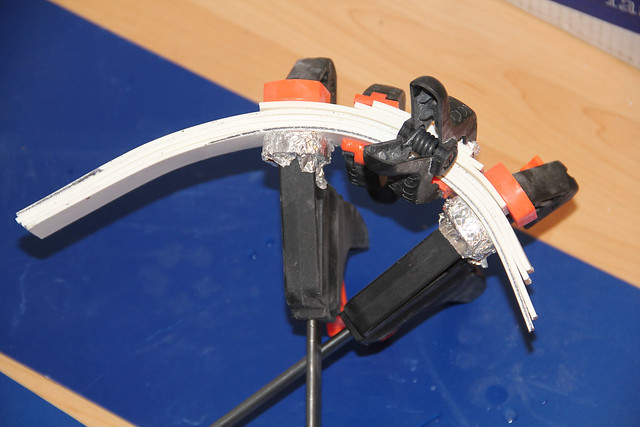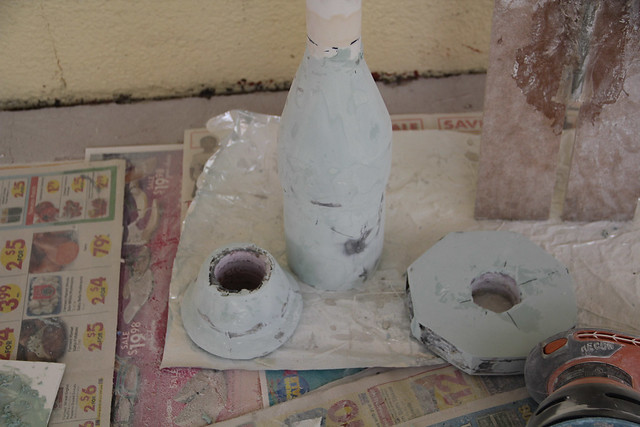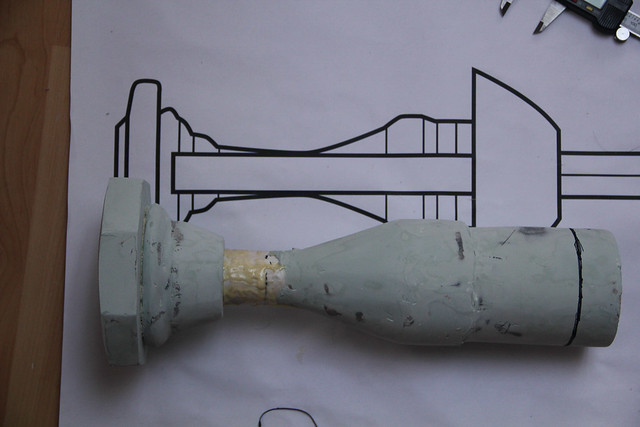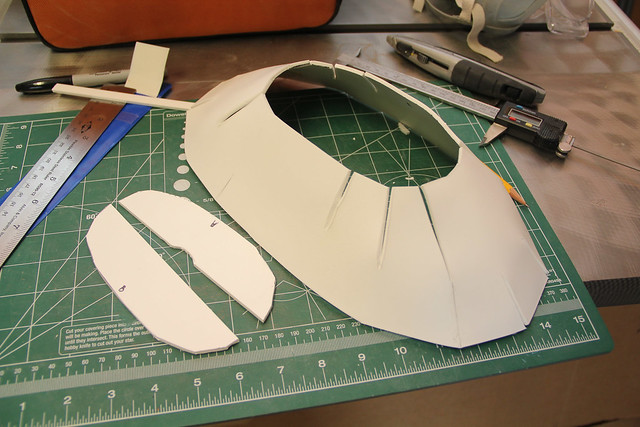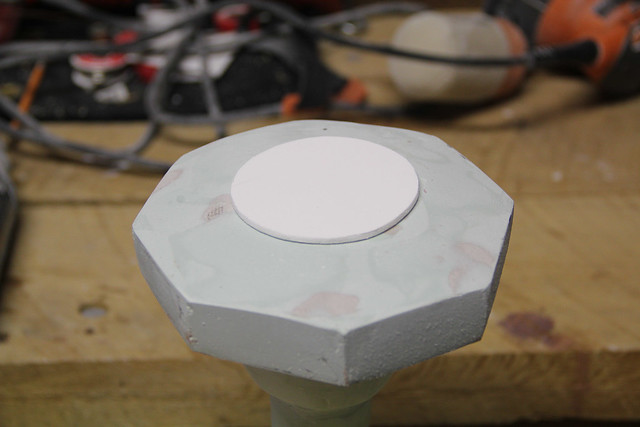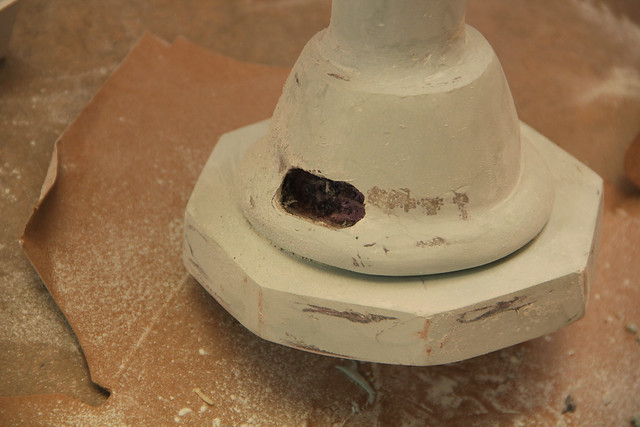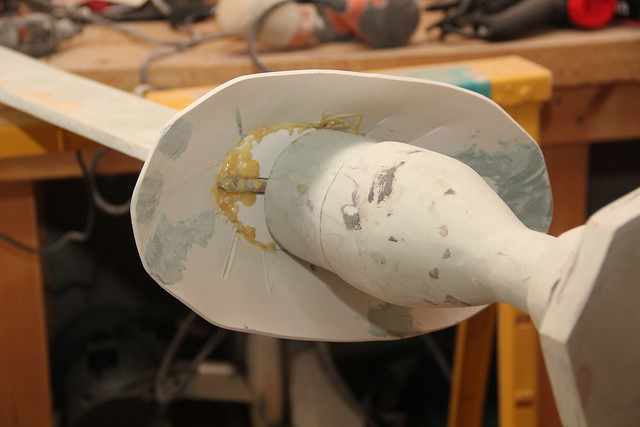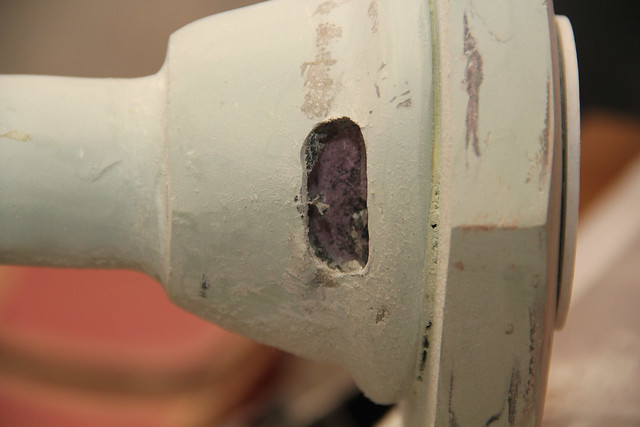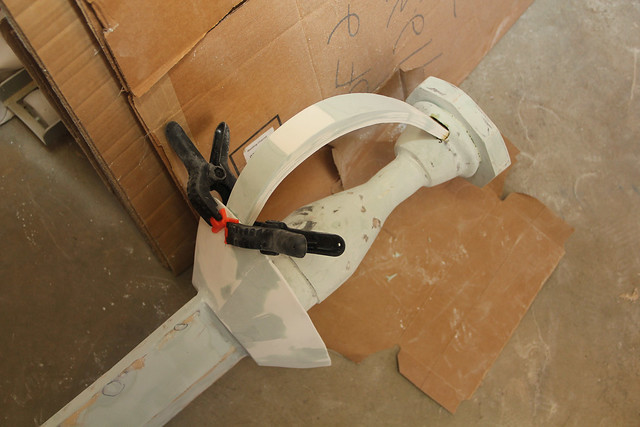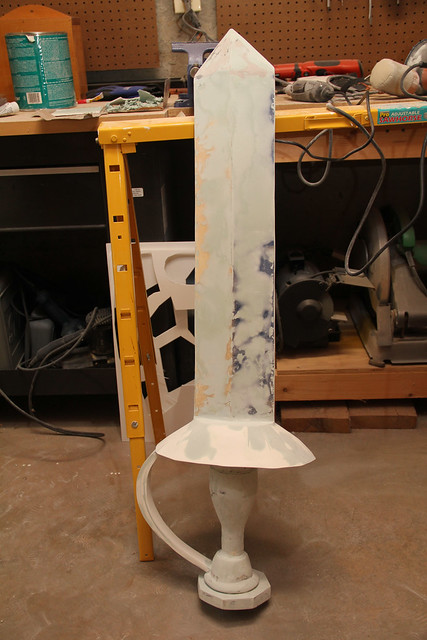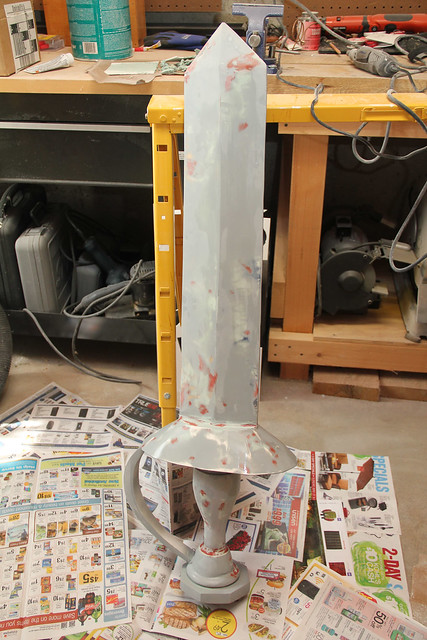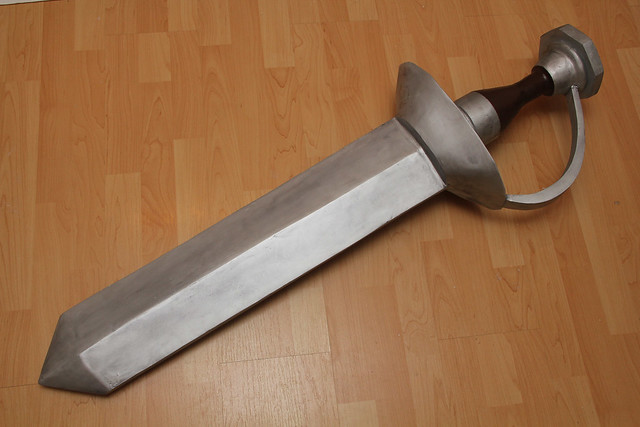The red 1999 Nissan Altima SE was my first car, bought back in the summer of 2008 for around $5000 with 131,000 miles on it. Being a SE it was the highest trim meaning it included a moon roof and even a small spoiler in the back. There's been no shortage of things that have needed to be fixed leading to a lot of frustration but it was definitely a good learning experience in terms of working with cars. I've learned a lot about how cars work and the hands on component was certainly right down my alley.
The car seemed to be in good condition when I bought it and for a '99 it even looked decent cosmetically. For a car that's spent all it's time in northern Ohio that's quite a feat given how much salt gets thrown down in the winters. In the past few years I've definitely seen more signs of rust eating through, particularly right under the driver side door behind the front wheel.
I've taken quite a few road trips in the Altima, most notable was Spring Break of 2009 with Steven, Andrew, and Lily riding in my car and Justine riding in Kenneth's truck. I drove from Cleveland to Chicago to pick up Steven and Andrew who were both home and then we all drove to Toronto. That was a really long drive (9 hours) and I couldn't imagine how tired Kenneth was since he was doing that drive in a truck that doesn't have cruise control. Also it probably wasn't the best idea to leave Chicago in the afternoon as we didn't get to Toronto until really late at night.
Here's a list of some of the things I've done over the years:
July 2009
I've taken quite a few road trips in the Altima, most notable was Spring Break of 2009 with Steven, Andrew, and Lily riding in my car and Justine riding in Kenneth's truck. I drove from Cleveland to Chicago to pick up Steven and Andrew who were both home and then we all drove to Toronto. That was a really long drive (9 hours) and I couldn't imagine how tired Kenneth was since he was doing that drive in a truck that doesn't have cruise control. Also it probably wasn't the best idea to leave Chicago in the afternoon as we didn't get to Toronto until really late at night.
Here's a list of some of the things I've done over the years:
July 2009
- Knock Sensor
- Passenger Side window replacement (my car got broken into, it was Cleveland after all)
- Driver Side mirror (some kids went down the entire street and smashed most driver side mirrors, lots of unhappy people)
July 2010
- Both front Tie Rods (inner and outer), both are Moog brand
- NGK Spark Plug Wires
- Bosch Distributor Cap
- (4) NGK V-Power Spark Plugs
July 2011
- Worldwide Alternator from Advance Auto Parts
- Autocraft Gold Battery, Group Size 24F, 700 CCA
Aug 2012
The hardest part of most of those repairs has almost always been removal of the part. Parts that are rusted together tend to not want to come apart. For instance I had to saw the tie rods for that removal since it absolutely refused to come apart.
I had wanted to eventually swap out parts as they wore out but after fixing the axles a few weeks ago I found out that the problem was actually with the transmission which meant it would have cost over $1000 to fix. Considering that the car is worth about $3000 in "good" condition I think it could have sold for more but it was sold by my parents so I guess it's their decision. It was sold at around 163,000 miles on the odometer.
- Both front Axles (EMPI brand)
- replacement of the A/C Liquid Tank, bracket, and the pipe that goes from the firewall to the liquid tank
- Sensor for the Liquid Tank
- I was informed that the pipe going from the condenser to the liquid tank is no longer available. The old one has visible cracking.
The hardest part of most of those repairs has almost always been removal of the part. Parts that are rusted together tend to not want to come apart. For instance I had to saw the tie rods for that removal since it absolutely refused to come apart.
I had wanted to eventually swap out parts as they wore out but after fixing the axles a few weeks ago I found out that the problem was actually with the transmission which meant it would have cost over $1000 to fix. Considering that the car is worth about $3000 in "good" condition I think it could have sold for more but it was sold by my parents so I guess it's their decision. It was sold at around 163,000 miles on the odometer.
